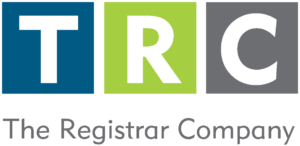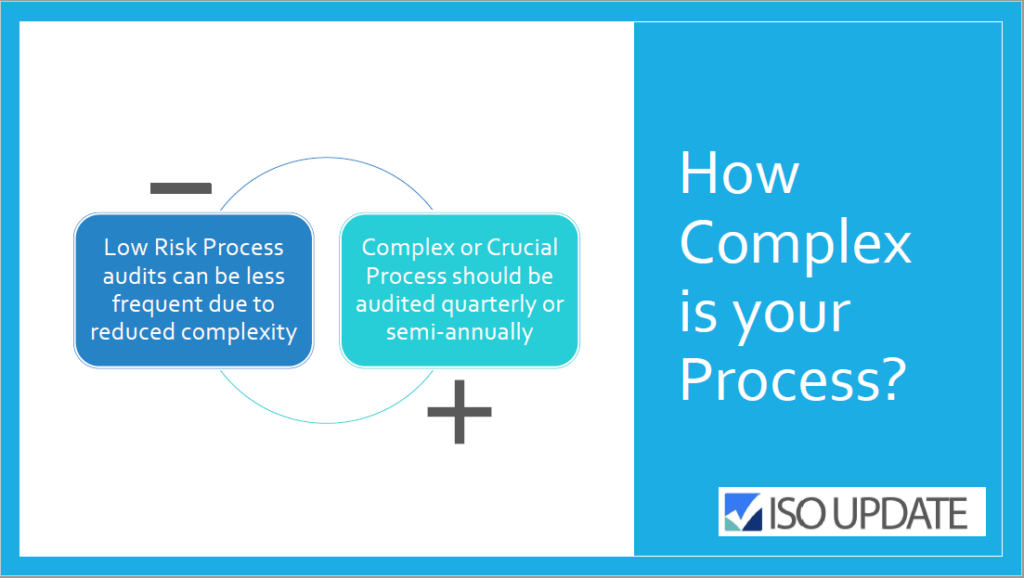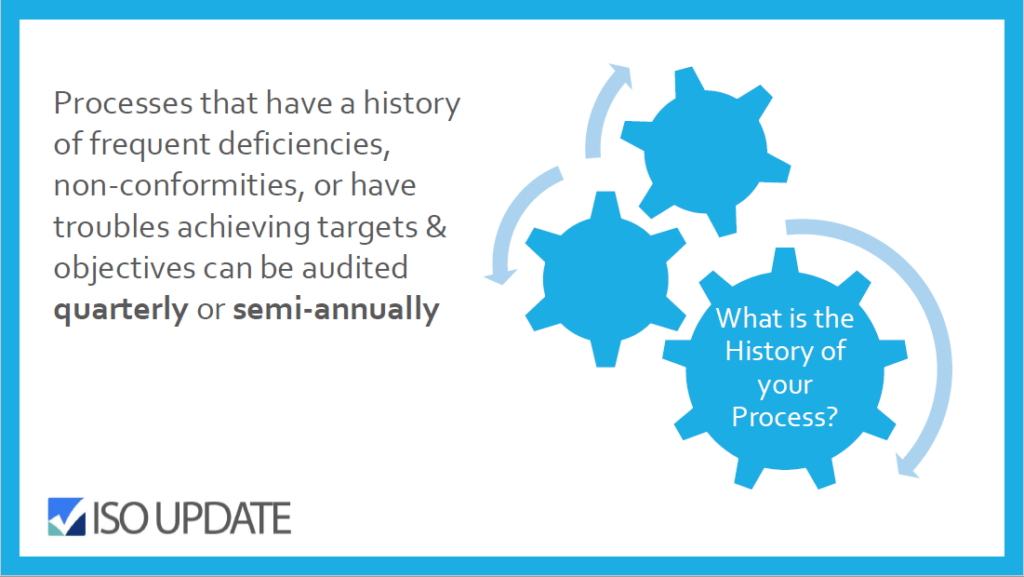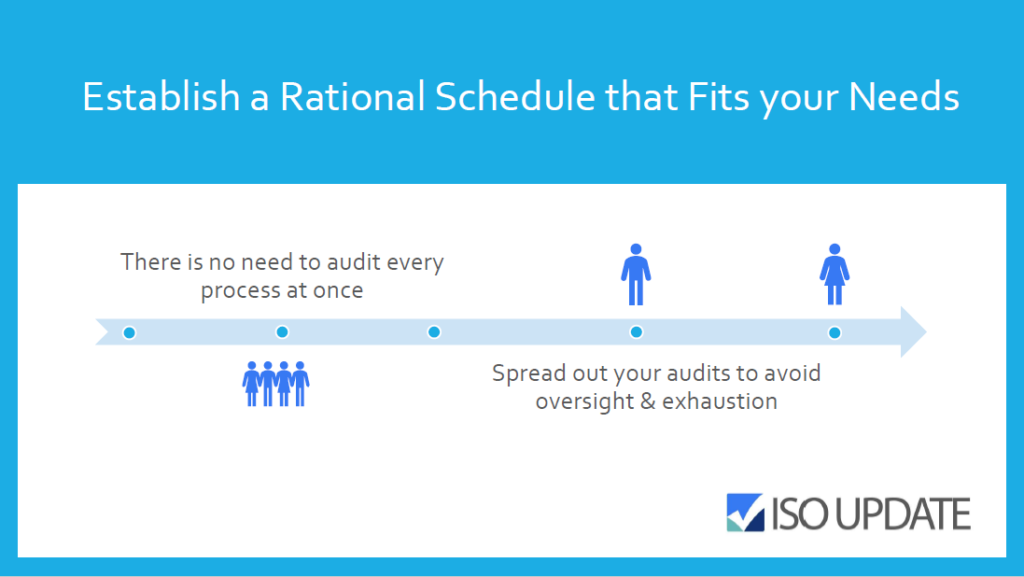An increasing number of organizations in the food supply chain industry are seeking certification with the various GFSI approved certification schemes available.
The 3 most used certification schemes are The BRC (British Retail Consortium), the Food Safety System Certification FSSC 22000 and the Safe Quality Food (SQF) code. These schemes are bench marked against the same criteria and they all need to meet minimum requirements established by the GFSI.
However, because they are owned by different organizations and they vary in terms of the scope, structure, certification process, validity and the reporting and management conducted.
Differences in GFSI Approved Certifications Schemes
System requirements
- The BRC standard has a focus on quality, food safety and legality.
- The FSSC 22000 targets its focus on food safety and legal compliance.
- The SQF code has two levels of requirements: Level 2 focuses on food safety and Level 3 on food safety and quality.
System establishment and implementation
- The BRC standard has descriptive requirements for process and hygienic control which provide clear guidelines as to how food safety should be addressed.
- FSSC 22000 provides a good framework against which an organization can develop its food safety management system, as it is not too descriptive and has the flexibility to allow the organization to choose the best way to control its own system.
- The SQF code requires a combination of SQF system elements and food safety fundamentals based on product category.
Certification process
- The BRC has a simple certification process which only requires an onsite audit.
- The FSSC 22000 standard requires a stage 1 and 2 audit, both to be done on site.
- The SQF code requires a stage 1 audit that could be done on or off site and a stage 2 audit on site.
Closing Non-conformities (NC)
- For the BRC standard all NC’s root cause analysis and objective evidence must be submitted within 28 days.
- FSSC 22000 requires that critical or major NC detected in stage 1 audit have to be closed during stage 2 audit, and for minor NC the action plan should be submitted.
- For the SQF code major NC from stage 1 audit must be closed out before stage 2 audit and the root cause and objective evidence need to be submitted in 14 days for majors NC and in 30 days minor NC.
Certificate validity
- The BRC and SQF certificate valid for 1 year.
- The FSSC 22000 certificate is valid for 3 years.
Certification mark
- Only organizations that attain SQF level 3 certification can use the SQF quality mark on their products
Whichever standard an organization decides to use, being certified by a GFSI approved certification scheme will help them ensure the delivery of safe food to their consumers, increase their processes’ efficiency and provide a platform for continuous improvement of their food safety management systems.




 Looking to expand your knowledge base? The Registrar Company, TRC, has designed over 500 courses and trained over 10,000 individuals since 1990. Our approach is based on current adult learning principles and uses proven, highly interactive participatory sessions and practical techniques that offer real behavioural change that can be implemented and applied immediately in the workplace.
Looking to expand your knowledge base? The Registrar Company, TRC, has designed over 500 courses and trained over 10,000 individuals since 1990. Our approach is based on current adult learning principles and uses proven, highly interactive participatory sessions and practical techniques that offer real behavioural change that can be implemented and applied immediately in the workplace. 










